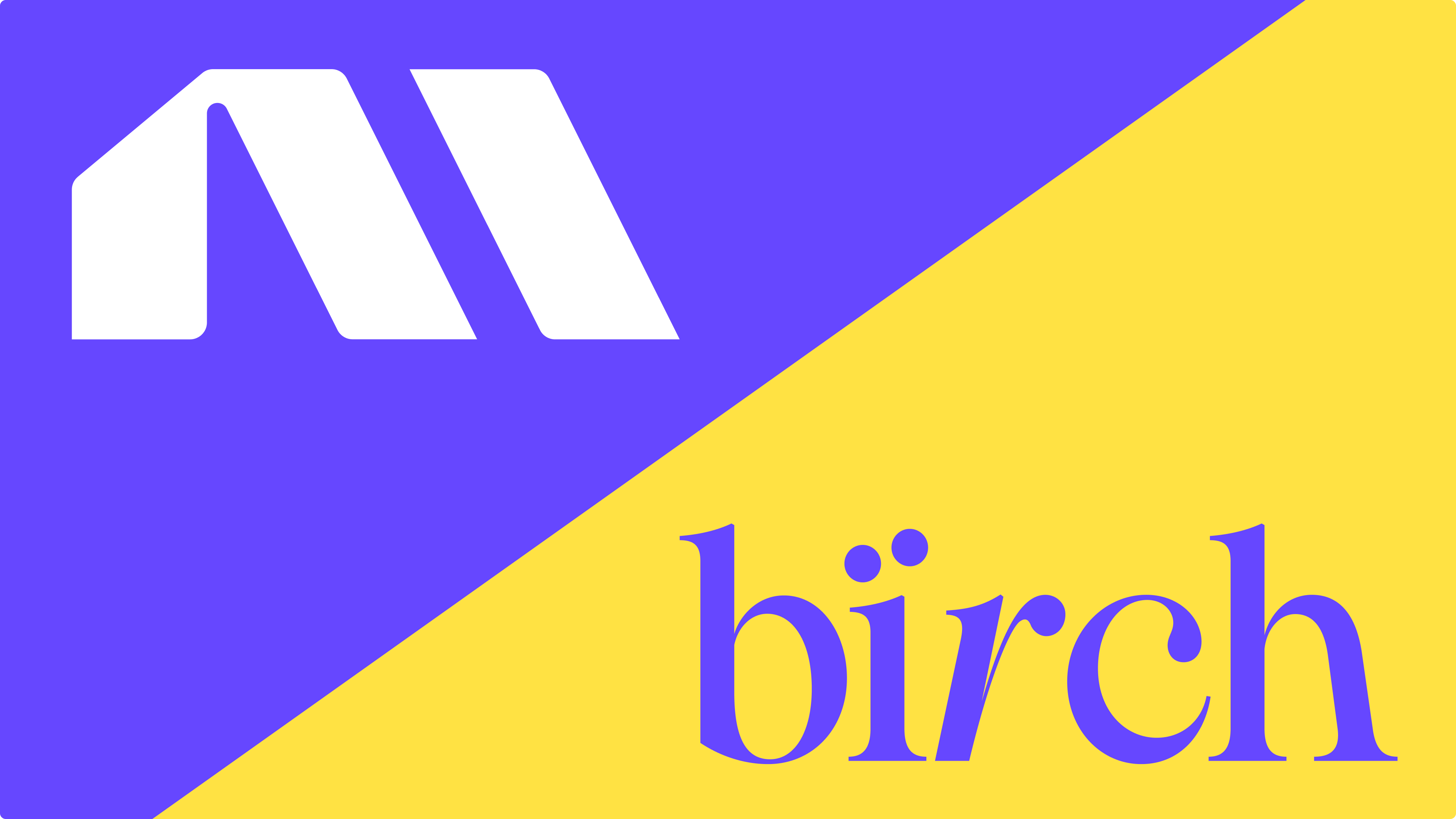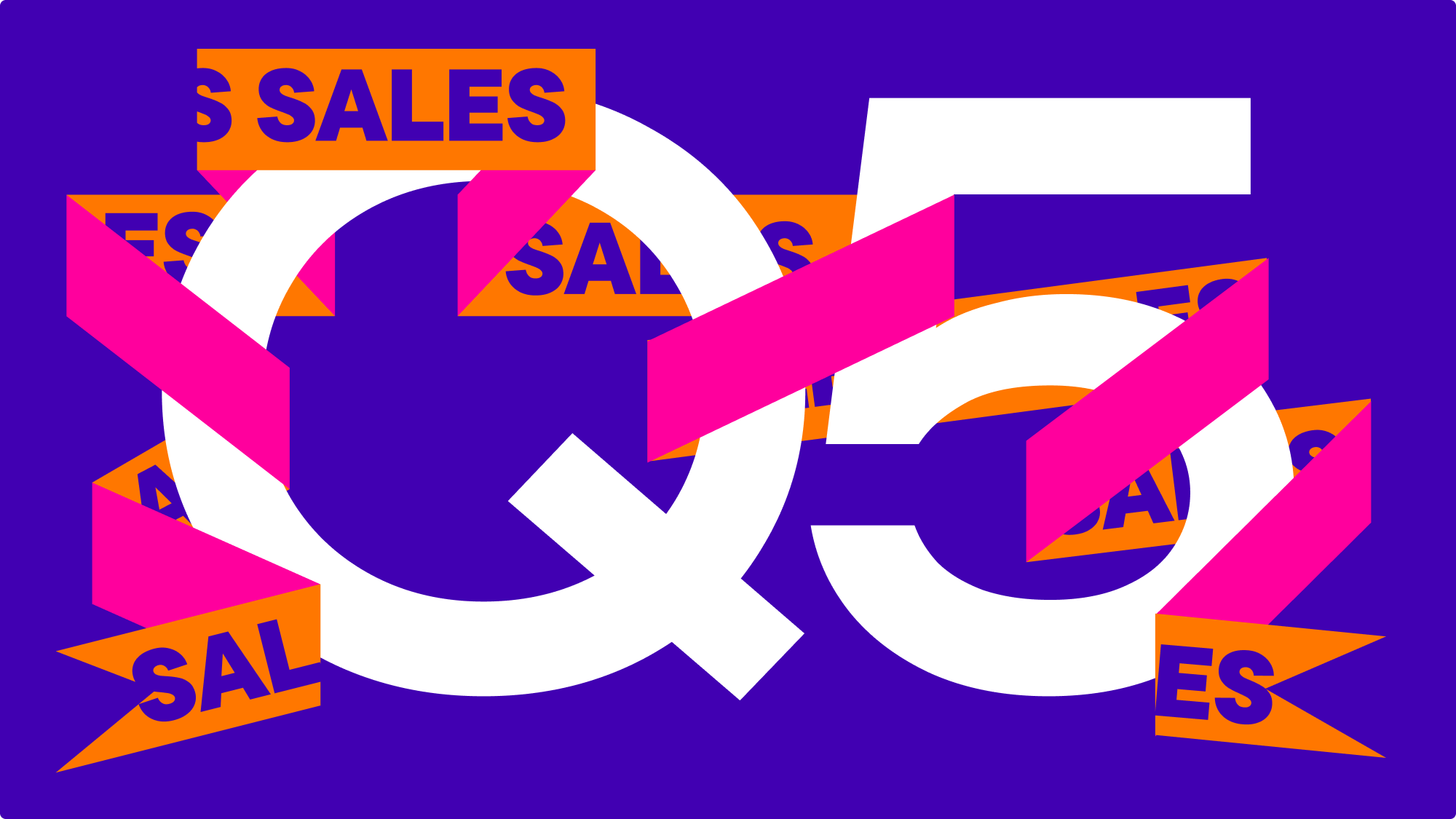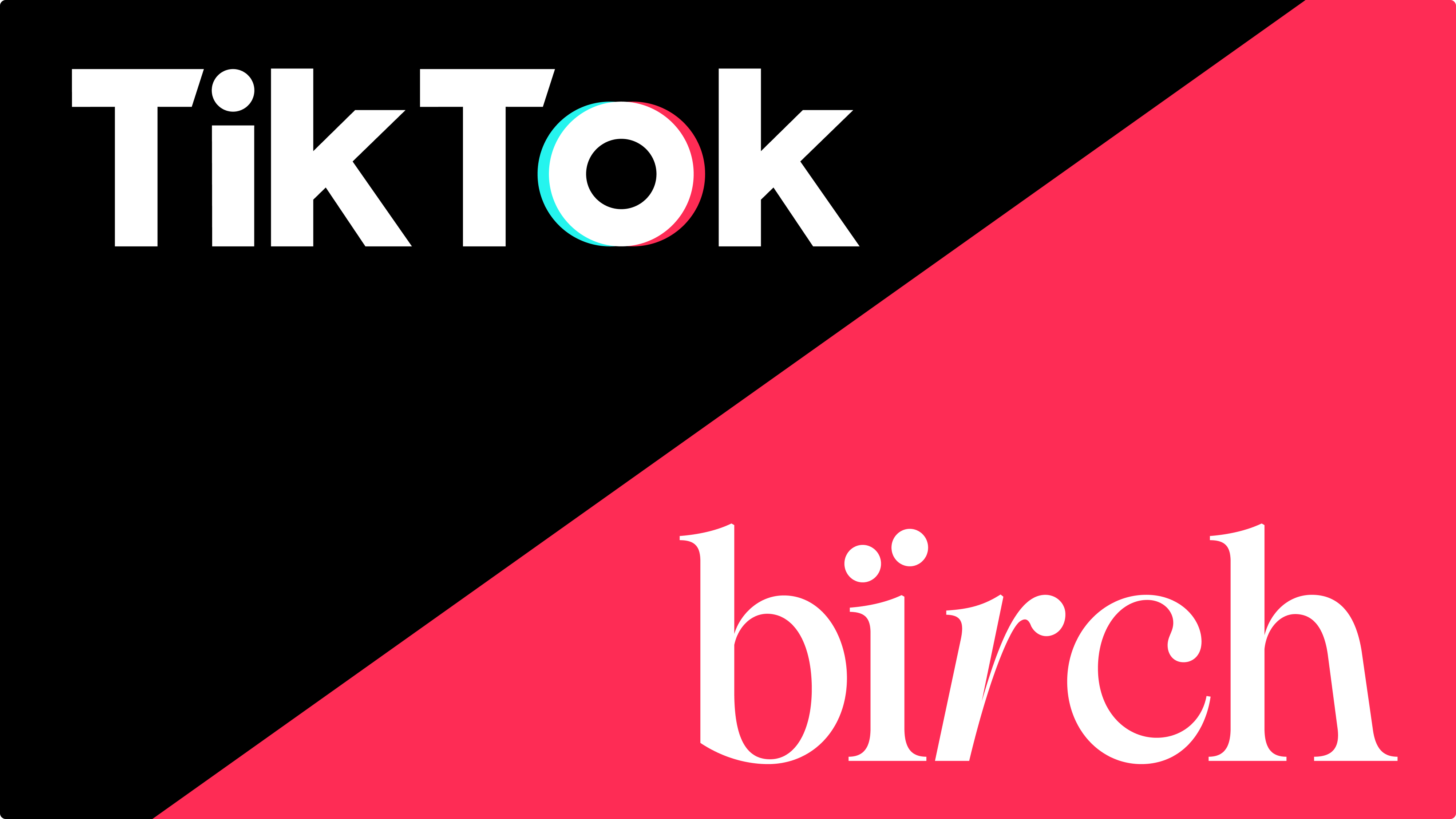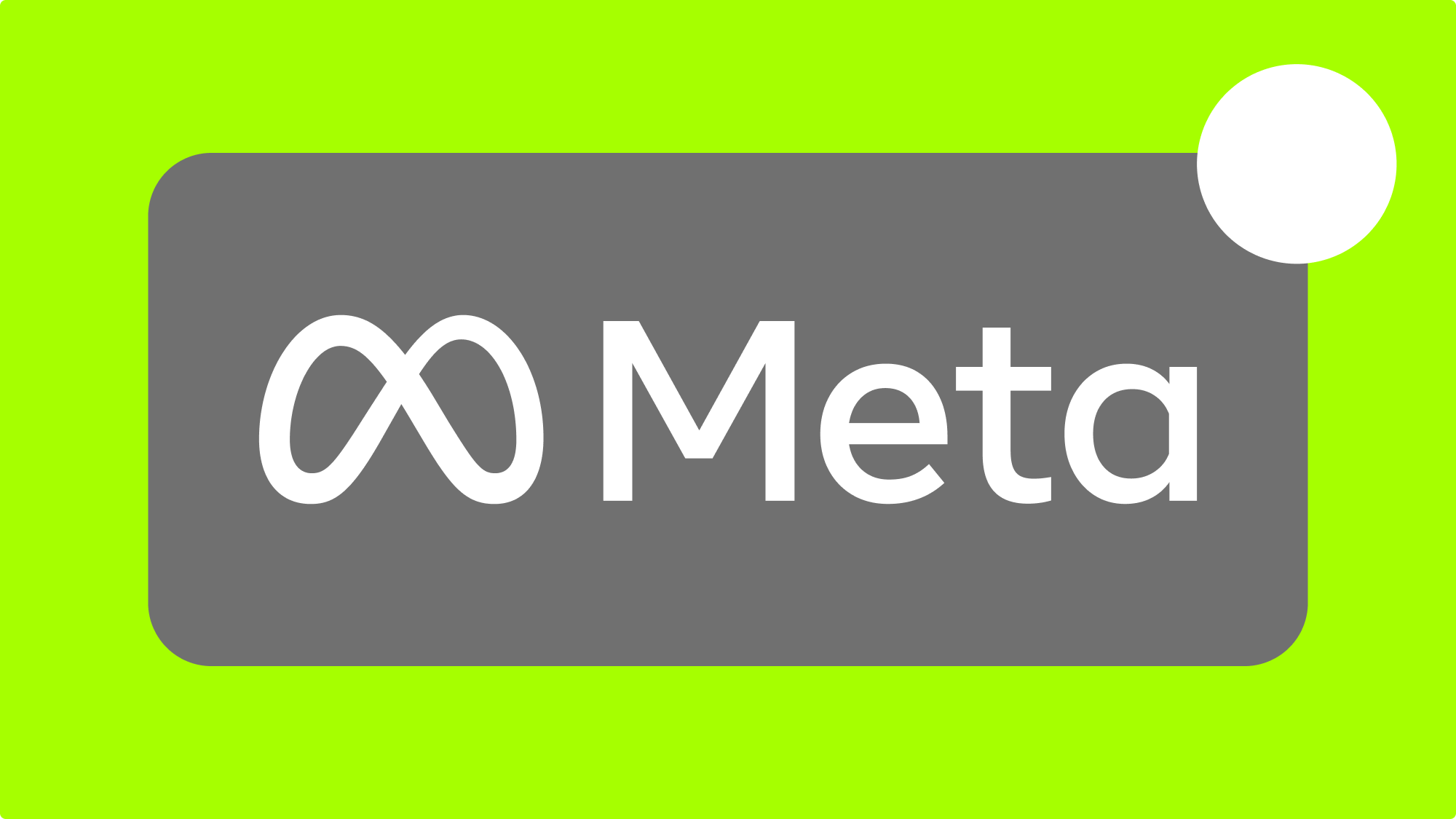Whenever we create an ad for Facebook it goes into what is called the Facebook Learning Phase. This is just another nuance of Facebook advertising that marketers should always be prepared for.
All these intricacies often feel like charting new territory. From seasoned marketers to newcomers, the process of creating attention-grabbing ads and launching them is both thrilling and daunting.
Although you have a clear view of your creatives, your audience and how to reach them, once you push the button to publish it there’s the anxiety to start seeing the reach. But that takes a while until Facebook learns what’s your audience and how to best deliver the ads.
That’s what we’ll be uncovering here, the subtleties of the Facebook learning phase, and help you navigate this process. Let's dive into it.
📚 You might also be interested in:
- A guide to every Facebook ad status and what they mean
- Top 9 reasons why your Facebook Ads are not delivering - 2023 Edition
- Top 9 reasons why your Facebook Ads are not delivering
- Facebook ads rejected: 9 reasons, fixes and tips
- Why is my Facebook ad still in review? Understanding the holdup
- What is the Facebook feedback score and how does it affect my ads?
- Facebook account restricted from advertising? Here's why and how to fix it
- Facebook ads not converting? 11 reasons why and how to fix it
What is the Facebook Learning Phase?
The Facebook Learning Phase is a period of time when Facebook is collecting data to learn how to best deliver your ads to your target audience. This happens either when you create a new ad campaign or make significant changes to an existing campaign.
During the Learning Phase, Facebook will show your ads to a small number of people and track their responses. This data helps Facebook to understand who is most likely to be interested in your ads and how to deliver them in a way that is most likely to be successful.

Why is there a Facebook Learning Phase?
The Facebook Learning Phase helps to ensure that your ads are delivered to the right people and that they are as effective as possible.
If there wasn’t the Learning Phase, the algorithm wouldn’t be able to understand your audience and your ads would not be shown to the right people or be delivered in a way that is most likely to be successful.
How does the Facebook Learning Phase work?
During the Learning Phase, Facebook uses a variety of factors to determine who to show your ads to, including:
- Your ad objective
- Your target audience
- Your budget
- The creative of your ad
- The performance of your ad
Once Facebook has collected enough data, it will exit the Learning Phase and your ads will start to perform more consistently.
How long is the Facebook Learning Phase?
The length of the Learning Phase can vary depending on a number of factors, such as the ad objective, the target audience, and the budget. However, it generally takes at least 50 optimization events during a 7 day learning period and it is recommended to wait for these before making any major changes to your campaign.

What are Facebook optimization events?
At its core, the optimization event serves as a measure of how effectively your bid strategy aligns with your goals, grounded in your current optimization criteria.
Picture this: You aspire to achieve sales as your campaign objective, yet within a specific ad set, your focus sharpens on optimizing for link clicks. This distinction illustrates the essence of the optimization event. Aligning your bid strategy with this event is crucial, as it enables the system to learn how to display ads to the most relevant audience that's likely to generate your desired outcome.
Keeping track of the number of optimization events accumulated since your last significant edit becomes a pivotal measure of success to leave the Learning Phase.
How do I know my Facebook ad is in the Learning Phase?
Once you publish an ad, the status on Facebook’s Ad Manager will display a "Learning" label in the Delivery column. This phase is marked by fluctuating performance and often higher cost per results.
Although the learning process remains ongoing, ad sets exit this phase once their performance stabilizes.
Best practices while on the Facebook Learning Phase
To go through this phase effectively and steer clear of actions that impede progress, consider the following best practices:
Make strategic edits (Only when really needed)
Resist the urge to tinker with your ad set during the learning phase.
Don’t go overboard with ad sets and ads
Opt for quality over quantity when it comes to creating ads and ad sets. An excessive number of ads and ad sets can dilute the learning process for each, thus creating less optimization events for each.
Be budget realistic
Set a budget that accurately reflects the scale of your campaign. An excessively small or inflated budget confuses the delivery system's understanding of your target audience. Opt for a budget that facilitates at least 50 total optimization events.
All of these practices can trigger the system into resetting the ads into the learning phase. So, here, the main idea is to hold back on any edit. Think your campaign through before launching it and try to avoid any changes unless it’s absolutely necessary.
What happens after you exit the learning phase?
And what happens to your ad once this phase is finally over? Well, there are two stages that can happen after the Learning phase is over:
1. Your ad becomes active
This means that your ad is ready and being delivered. But remember, the optimizations don’t stop there. You should always keep a close look to their performance and make the necessary changes. For that you can always use Revealbot’s rules and make sure that your ads are optimized. But be careful with the changes, make sure you are not sent back to the learning phase.
2. Your ad goes into Learning Limited
Which means that Facebook wasn’t able to retrieve enough data to optimize and deliver your ads correctly.
The Facebook Learning Limited Phase
The Facebook "Learning Limited" phase emerges when the algorithm encounters limitations in gathering enough data to effectively optimize your ads. This can occur due to factors such as a restricted budget or a small audience size. During this phase, the algorithm does its best with the available data while operating within certain constraints.

Strategies to Break Free from the Learning Limited Phase
When facing a learning limited ad set, rest assured that there are strategic approaches to elevate performance and propel your campaigns towards desired outcomes. Here are actionable steps to exit the Learning Limited Phase and start performing your ads to their full potential.
1. Consolidate Ad Sets for Efficiency
If during the learning limited phase you have multiple ad sets, streamline your approach. Reducing the number of ad sets increases the chances of exiting the learning phase quicker.
2. Spread your audience
Sometimes a narrow audience is great for ads. Expanding your audience a little to cast a wider net creates more opportunities for interactions, increasing the chances of achieving your optimization goal.
3. Optimize Your Budget Strategy
Escaping the learning limited phase frequently requires budget adjustments. When targeting conversions, especially purchases, your budget might not be finely tuned to achieve the required 50 optimization events.
Suppose your current cost of acquisition is $7.50. To accumulate the essential 50 result actions, allocate a budget that corresponds. In this case, 50 times your cost of acquisition—$7.50—equates to $375. Distribute this budget over a 7-day period, resulting in a daily allocation of $54 per ad set.
4. Minimize Actions that Reset Learning
Progressing beyond the learning phase hinges on minimizing actions that reset the learning process within your ad sets. Actions like drastic budget changes, audience modifications, or introducing new ads can hinder progress. By reducing these resets, you create a smoother path to optimization.
When altering budgets, avoid fluctuations exceeding 20% every 72 hours. Instead, duplicate the campaign and implement budget changes in a new setup, but keep in mind, the new campaign will go back to the learning phase. Similarly, when modifying audiences or introducing new ads, opt for a fresh ad set rather than resetting learning within an existing one.
Wrapping up
The Facebook Learning Phase is an important part of the Facebook advertising process.
During this phase, Facebook is collecting data to learn how to best deliver your ads to your target audience. This can take some time, so it is important to be patient and avoid making any major changes to your ads during this time.
By understanding the Facebook Learning Phase and following these tips, you can help your ads perform well and achieve your marketing goals.
Key takeaways
- Make strategic edits only when needed. Any major changes can reset the learning process and delay the time it takes for your ads to start performing well.
- The Learning Phase is not always smooth sailing. There may be times when your ads perform poorly during this time. This is perfectly normal. Just be patient and keep track of your progress.
- The Learning Phase is an opportunity to learn more about your target audience and how to reach them effectively. Pay attention to the data that Facebook provides you during this time and use it to improve your ads.
- The Learning Phase is not a permanent state. Once Facebook has enough data, your ads will exit the Learning Phase and start performing more consistently.
FAQ
What is the Facebook Learning Phase?
The Facebook Learning Phase is a period of time when Facebook is collecting data to learn how to best deliver your ads to your target audience. This happens when you create a new ad campaign or make significant changes to an existing campaign.
How long does the Facebook Learning Phase last?
The Facebook Learning Phase can last anywhere from a few hours to a few weeks, depending on a number of factors, such as your budget, your target audience, and the complexity of your ad set.
What happens during the Facebook Learning Phase?
During the Facebook Learning Phase, Facebook is showing your ads to a small number of people and tracking their responses. This data helps Facebook to understand who is most likely to be interested in your ads and how to deliver them in a way that is most likely to be successful.
What should I avoid doing during the Facebook Learning Phase?
There are a few things you should avoid doing during the Facebook Learning Phase:
- Making major changes to your ad set.
- Creating a lot of ad sets or ads.
- Setting a low budget.
- Resetting the learning phase.
How can I track my progress during the Facebook Learning Phase?
You can track your progress during the Facebook Learning Phase by using Facebook's Ads Manager. In the Ads Manager, you can see the number of optimization events that your ads have received. Once your ads have received 50 optimization events, they will exit the Learning Phase.
What happens after my ads exit the Learning Phase?
Once your ads exit the Learning Phase, they will start performing more consistently. However, you should still monitor their performance and make adjustments as needed.
Whenever we create an ad for Facebook it goes into what is called the Facebook Learning Phase. This is just another nuance of Facebook advertising that marketers should always be prepared for.
All these intricacies often feel like charting new territory. From seasoned marketers to newcomers, the process of creating attention-grabbing ads and launching them is both thrilling and daunting.
Although you have a clear view of your creatives, your audience and how to reach them, once you push the button to publish it there’s the anxiety to start seeing the reach. But that takes a while until Facebook learns what’s your audience and how to best deliver the ads.
That’s what we’ll be uncovering here, the subtleties of the Facebook learning phase, and help you navigate this process. Let's dive into it.
📚 You might also be interested in:
- A guide to every Facebook ad status and what they mean
- Top 9 reasons why your Facebook Ads are not delivering - 2023 Edition
- Top 9 reasons why your Facebook Ads are not delivering
- Facebook ads rejected: 9 reasons, fixes and tips
- Why is my Facebook ad still in review? Understanding the holdup
- What is the Facebook feedback score and how does it affect my ads?
- Facebook account restricted from advertising? Here's why and how to fix it
- Facebook ads not converting? 11 reasons why and how to fix it
What is the Facebook Learning Phase?
The Facebook Learning Phase is a period of time when Facebook is collecting data to learn how to best deliver your ads to your target audience. This happens either when you create a new ad campaign or make significant changes to an existing campaign.
During the Learning Phase, Facebook will show your ads to a small number of people and track their responses. This data helps Facebook to understand who is most likely to be interested in your ads and how to deliver them in a way that is most likely to be successful.

Why is there a Facebook Learning Phase?
The Facebook Learning Phase helps to ensure that your ads are delivered to the right people and that they are as effective as possible.
If there wasn’t the Learning Phase, the algorithm wouldn’t be able to understand your audience and your ads would not be shown to the right people or be delivered in a way that is most likely to be successful.
How does the Facebook Learning Phase work?
During the Learning Phase, Facebook uses a variety of factors to determine who to show your ads to, including:
- Your ad objective
- Your target audience
- Your budget
- The creative of your ad
- The performance of your ad
Once Facebook has collected enough data, it will exit the Learning Phase and your ads will start to perform more consistently.
How long is the Facebook Learning Phase?
The length of the Learning Phase can vary depending on a number of factors, such as the ad objective, the target audience, and the budget. However, it generally takes at least 50 optimization events during a 7 day learning period and it is recommended to wait for these before making any major changes to your campaign.

What are Facebook optimization events?
At its core, the optimization event serves as a measure of how effectively your bid strategy aligns with your goals, grounded in your current optimization criteria.
Picture this: You aspire to achieve sales as your campaign objective, yet within a specific ad set, your focus sharpens on optimizing for link clicks. This distinction illustrates the essence of the optimization event. Aligning your bid strategy with this event is crucial, as it enables the system to learn how to display ads to the most relevant audience that's likely to generate your desired outcome.
Keeping track of the number of optimization events accumulated since your last significant edit becomes a pivotal measure of success to leave the Learning Phase.
How do I know my Facebook ad is in the Learning Phase?
Once you publish an ad, the status on Facebook’s Ad Manager will display a "Learning" label in the Delivery column. This phase is marked by fluctuating performance and often higher cost per results.
Although the learning process remains ongoing, ad sets exit this phase once their performance stabilizes.
Best practices while on the Facebook Learning Phase
To go through this phase effectively and steer clear of actions that impede progress, consider the following best practices:
Make strategic edits (Only when really needed)
Resist the urge to tinker with your ad set during the learning phase.
Don’t go overboard with ad sets and ads
Opt for quality over quantity when it comes to creating ads and ad sets. An excessive number of ads and ad sets can dilute the learning process for each, thus creating less optimization events for each.
Be budget realistic
Set a budget that accurately reflects the scale of your campaign. An excessively small or inflated budget confuses the delivery system's understanding of your target audience. Opt for a budget that facilitates at least 50 total optimization events.
All of these practices can trigger the system into resetting the ads into the learning phase. So, here, the main idea is to hold back on any edit. Think your campaign through before launching it and try to avoid any changes unless it’s absolutely necessary.
What happens after you exit the learning phase?
And what happens to your ad once this phase is finally over? Well, there are two stages that can happen after the Learning phase is over:
1. Your ad becomes active
This means that your ad is ready and being delivered. But remember, the optimizations don’t stop there. You should always keep a close look to their performance and make the necessary changes. For that you can always use Revealbot’s rules and make sure that your ads are optimized. But be careful with the changes, make sure you are not sent back to the learning phase.
2. Your ad goes into Learning Limited
Which means that Facebook wasn’t able to retrieve enough data to optimize and deliver your ads correctly.
The Facebook Learning Limited Phase
The Facebook "Learning Limited" phase emerges when the algorithm encounters limitations in gathering enough data to effectively optimize your ads. This can occur due to factors such as a restricted budget or a small audience size. During this phase, the algorithm does its best with the available data while operating within certain constraints.

Strategies to Break Free from the Learning Limited Phase
When facing a learning limited ad set, rest assured that there are strategic approaches to elevate performance and propel your campaigns towards desired outcomes. Here are actionable steps to exit the Learning Limited Phase and start performing your ads to their full potential.
1. Consolidate Ad Sets for Efficiency
If during the learning limited phase you have multiple ad sets, streamline your approach. Reducing the number of ad sets increases the chances of exiting the learning phase quicker.
2. Spread your audience
Sometimes a narrow audience is great for ads. Expanding your audience a little to cast a wider net creates more opportunities for interactions, increasing the chances of achieving your optimization goal.
3. Optimize Your Budget Strategy
Escaping the learning limited phase frequently requires budget adjustments. When targeting conversions, especially purchases, your budget might not be finely tuned to achieve the required 50 optimization events.
Suppose your current cost of acquisition is $7.50. To accumulate the essential 50 result actions, allocate a budget that corresponds. In this case, 50 times your cost of acquisition—$7.50—equates to $375. Distribute this budget over a 7-day period, resulting in a daily allocation of $54 per ad set.
4. Minimize Actions that Reset Learning
Progressing beyond the learning phase hinges on minimizing actions that reset the learning process within your ad sets. Actions like drastic budget changes, audience modifications, or introducing new ads can hinder progress. By reducing these resets, you create a smoother path to optimization.
When altering budgets, avoid fluctuations exceeding 20% every 72 hours. Instead, duplicate the campaign and implement budget changes in a new setup, but keep in mind, the new campaign will go back to the learning phase. Similarly, when modifying audiences or introducing new ads, opt for a fresh ad set rather than resetting learning within an existing one.
Wrapping up
The Facebook Learning Phase is an important part of the Facebook advertising process.
During this phase, Facebook is collecting data to learn how to best deliver your ads to your target audience. This can take some time, so it is important to be patient and avoid making any major changes to your ads during this time.
By understanding the Facebook Learning Phase and following these tips, you can help your ads perform well and achieve your marketing goals.
Key takeaways
- Make strategic edits only when needed. Any major changes can reset the learning process and delay the time it takes for your ads to start performing well.
- The Learning Phase is not always smooth sailing. There may be times when your ads perform poorly during this time. This is perfectly normal. Just be patient and keep track of your progress.
- The Learning Phase is an opportunity to learn more about your target audience and how to reach them effectively. Pay attention to the data that Facebook provides you during this time and use it to improve your ads.
- The Learning Phase is not a permanent state. Once Facebook has enough data, your ads will exit the Learning Phase and start performing more consistently.
FAQ
What is the Facebook Learning Phase?
The Facebook Learning Phase is a period of time when Facebook is collecting data to learn how to best deliver your ads to your target audience. This happens when you create a new ad campaign or make significant changes to an existing campaign.
How long does the Facebook Learning Phase last?
The Facebook Learning Phase can last anywhere from a few hours to a few weeks, depending on a number of factors, such as your budget, your target audience, and the complexity of your ad set.
What happens during the Facebook Learning Phase?
During the Facebook Learning Phase, Facebook is showing your ads to a small number of people and tracking their responses. This data helps Facebook to understand who is most likely to be interested in your ads and how to deliver them in a way that is most likely to be successful.
What should I avoid doing during the Facebook Learning Phase?
There are a few things you should avoid doing during the Facebook Learning Phase:
- Making major changes to your ad set.
- Creating a lot of ad sets or ads.
- Setting a low budget.
- Resetting the learning phase.
How can I track my progress during the Facebook Learning Phase?
You can track your progress during the Facebook Learning Phase by using Facebook's Ads Manager. In the Ads Manager, you can see the number of optimization events that your ads have received. Once your ads have received 50 optimization events, they will exit the Learning Phase.
What happens after my ads exit the Learning Phase?
Once your ads exit the Learning Phase, they will start performing more consistently. However, you should still monitor their performance and make adjustments as needed.

















